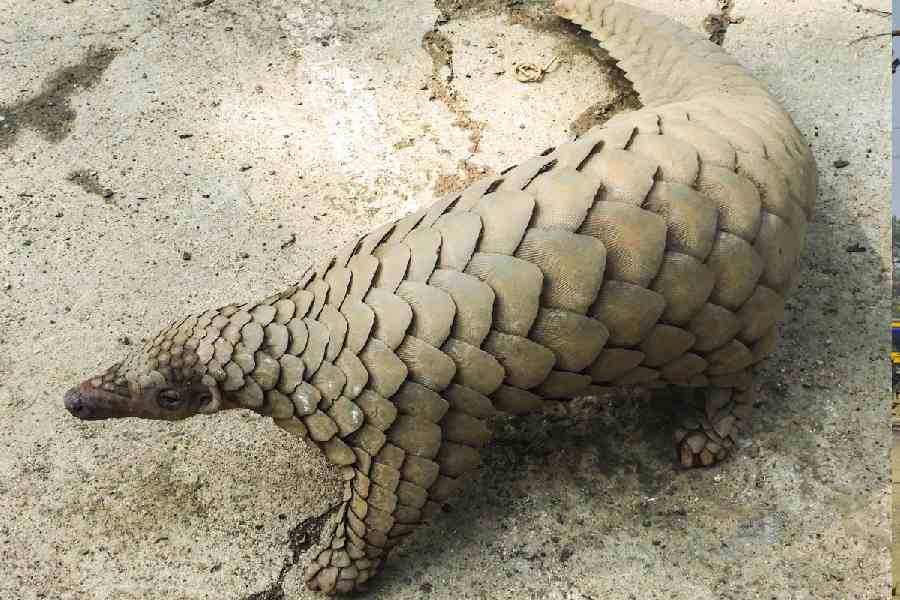|
|
 |
Bagha Baba, one of the paintings in charcoal and acrylic, stood out among the works in Subrata Acharya’s exhibition titled Memory Attached: A Series of Paintings (Chemould Art Gallery, Aug 2-6). Bagha baba (picture left) portrays a fuzzy-haired, cheery child riding a strange looking feline creature. In this painting, which may have been inspired by a scene from Kipling’s Jungle Book, the pot-bellied man-child extends his hands, as if to embrace the lithe, grinning animal, which has its head turned, perhaps in acknowledgement of the bond he shares with this child of the wilderness. Acharya’s choice of colours — watery yellow, crimson and brown — and his bold lines give the image its striking quality. In a way, Bagha Baba is indicative not only of the central theme of Acharya’s body of works, but also of the visual iconography that inspires it. A man-child and his feline friend are possibilities in fantasy or fiction. It is this world of make-belief that Acharya is interested in capturing. But like all fantasy, the lines between the real and the unreal appear blurred. The man-child, with his rotund body and crop of wild hair, thus appears as believable as his feline friend that has human hands and feet in place of paws.
As for Acharya’s style, it seems to have been inspired by the Bengal School. The beaming cat evokes the lovable sketches by Nandalal Bose. Some of the other figures, such as the bearded man looking down upon his sleeping child in Nightfall, the parents and children in Family Album, or the sooty-skinned ferrywala with the child dangling from his neck in an untitled work, convey the simple, bucolic charms that inform the folk tradition within this school. While Acharya may have been earnest in his attempts to follow the Bengal School style, this strategy doesn’t say much for his originality or for his desire to transcend established boundaries.
There are also flashes of wry humour in Acharya’s fantasy world. But this humour has a teasing, deceptive quality. For instance, one is not quite sure whether the grotesque, misshapen figures in Teenage and Dream are meant to amuse or repel. There is also the bearded figure with large eyes, a tail and an emaciated body, digging his nose with his scrawny fingers in the aptly titled Bad Habit (picture right, detail).
But even a fecund imagination needs to be reined in occasionally. One doesn’t quite know what to make of Acharya’s deity-like figure in An Evening at Brothel (The God was Pale). The goddess, with a third-eye and four hands, has her breasts barely covered. Her gaze invokes neither awe nor pity, and her divinity appears tragically contrived.












